By Ronan Thomas
Duxford Airfield, Cambridgeshire is Britain’s home of vintage flying. Its popular airshows from May to October each year feature iconic military aircraft, roaring overhead to thrill aviation fans from all over the world. In June flying displays celebrated the 80th anniversary of the D-Day landings in June 1944. Forthcoming displays will include flypasts of USAAF aircraft — Duxford was home to the US 78th Fighter Group from 1943-1945 — and a Battle of Britain display in September. Seven miles south of Cambridge, Duxford is also home to the Imperial War Museum’s rich collection of historic military aircraft. What’s more, private companies at this famous airfield offer affordable pleasure flights over Cambridgeshire in extraordinary biplane aircraft. It’s a marvellous experience of history, sight and sound.
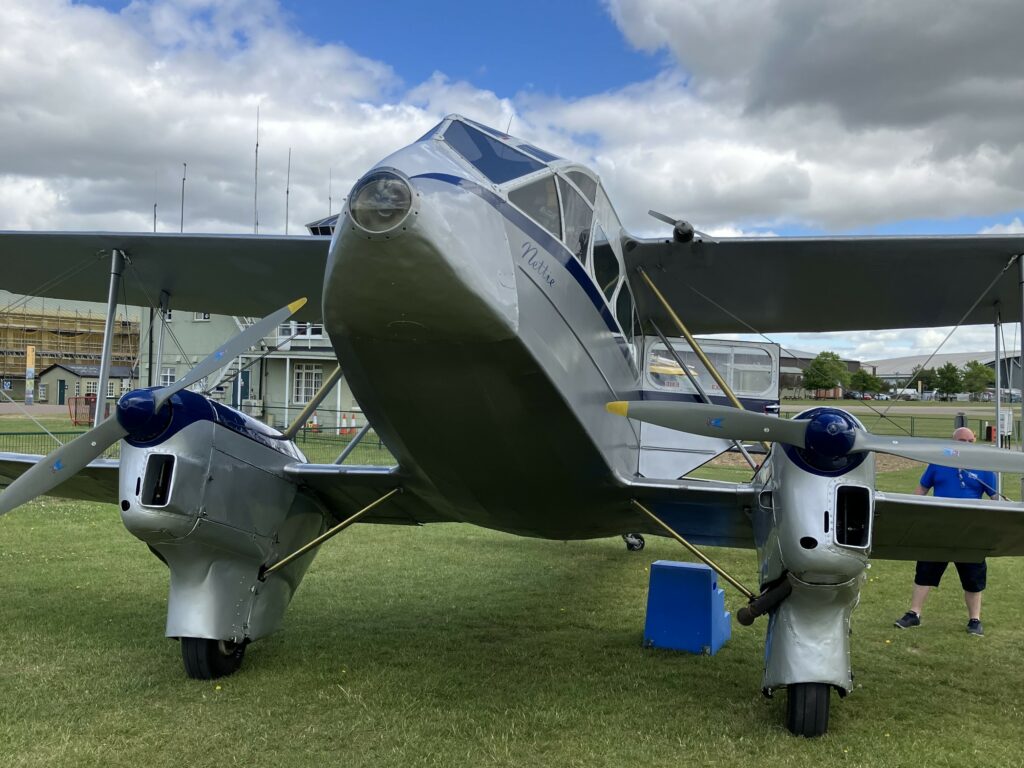
Recently I flew in an art deco airliner from Duxford to London on a 100-mile round trip. I was transported back in time. In 2024, we can easily take jet airline flights for granted. But airlines used to be vastly different. In the 1930s, the British civilian aviation industry was still in its infancy, operating piston-engine biplanes built of wood, metal and fabric. Then, as now, it was rare to fly in a biplane. In 1934, a new airliner took off: the De Havilland DH.89 Dragon Rapide. Those who flew in it knew it was something special. In its 90th anniversary year, it still is.
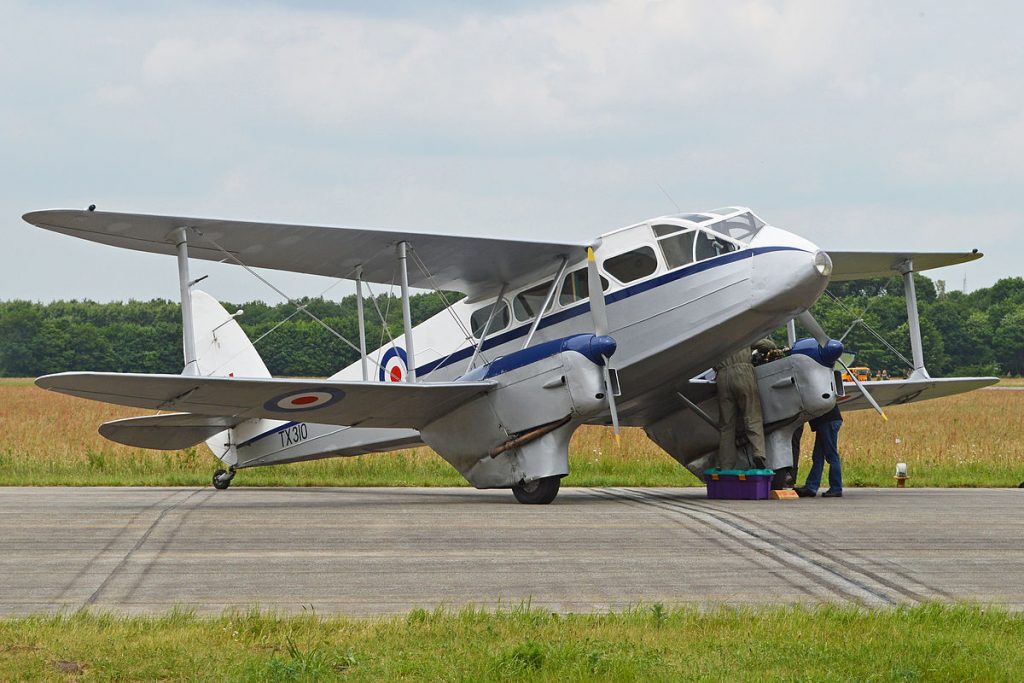
Rapide Transit
The DH.89 Dragon Rapide airliner (or Rapide as it was popularly known) was made of plywood and fabric. With stylish swept back wings — designed to resemble the shape of a moth — it was truly an airliner for the Art Deco age. 34 feet long with a 48-foot wingspan it was powered by two De Havilland Gipsy Six engines each producing some 200hp. It had a range of up to 556 miles (four hours flying time) and a ceiling of 16,000 feet, at an airspeed of between 135-157 mph. Along with the pilot, the Rapide carried 6-8 passengers and their luggage. Rapides were built at De Havilland’s factory at Hatfield, Hertfordshire. Aimed at new airlines and private operators, the Rapide also found royal favour. In 1935 it was the preferred aircraft for the new King’s Flight. Edward, Prince of Wales (briefly King Edward VIII) and Prince George, Duke of Kent were both qualified pilots trained by the RAF and used two red and blue liveried DH.89 Dragon Rapides for official duties. In 1936 King Edward himself flew one to London, a first for a British monarch.
Biplane aircraft began to be replaced by faster monoplanes as World War II approached but a military variant of the Rapide — the Dominie — was also produced. A total of 728 Rapides and RAF Dominies were built. At war’s end over 100 of these aircraft were sold for service as light airliners in Britain and overseas. DH.89 Rapides were operated on short haul routes to and from the Channel Islands, the Isles of Scilly and in Scotland. Today, some 43 Rapides survive in museum collections and 17 remain airworthy. My own parents flew (for the first time) in a Rapide from London to Jersey on holiday in 1960, and recalled a thrilling, sea-skimming approach over the English Channel. Each summer, the Rapide’s distinctive silhouette is a familiar sight, droning gracefully over Cambridgeshire and London.
Cambridgeshire take off
This is what art deco flying from Cambridgeshire is like. The silver Rapide named Nettie — built in 1946 and formerly a company airliner and RAF parachuting aircraft — waited at Duxford, nose defiantly up. It was truly a thing of beauty. RAF roundels on its fuselage and wings, and the serial number TX310, proudly recalled its flying history. Eight of us climbed in from the rear with the assistance of a dangling rope. It was a comfortable fit, each passenger with a window seat. It was a novelty to sit at an angle for take-off. A small escape hatch in the cabin roof above was secured by two metal pins. Sitting by the rear entry door, with daylight showing through a small gap between the seal, I felt like I was in an Agatha Christie film. Belted into our bucket seats, the pilot, in the nose cockpit, warmed the Rapide’s twin engines up. They made a deep, sonorous roar, as we took off into the July Cambridgeshire skies.
Heading south from Duxford, we reached an altitude of around 1,500 feet under the cloud base, with an airspeed of around 100 mph. Light aircraft passed us, going the other way. The cabin was enclosed but an opening in the pilot’s cockpit let airflow gently circulate. The view from my window — of the airliner’s silver wing struts and bracing wires — soon began to feel natural. A sense of the past was powerful. The twin piston engines purposefully resonated. There was little turbulence on the hour-long trip, although the wind periodically gusted and the Rapide gently bucked. The verdant countryside inexorably gave way to congested London.
It is an extraordinary sensation to bank gracefully in a vintage aircraft over the capital. The curve of the Thames passed below, along with landmarks such as the Houses of Parliament, Buckingham Palace, Tower Bridge and Battersea Power Station (another Art Deco icon built between 1929-1941). At 1,016 feet high the modern Shard building seemed to reach up at us as we passed well above.
On our return, as we approached Duxford airfield, the pilot throttled the twin Gipsy engines back. I will never forget the sound of the wind singing through those wires and struts, before a landing smoother than in a modern airliner. It was an art deco marvel from start to finish. And Cambridgeshire is its home.
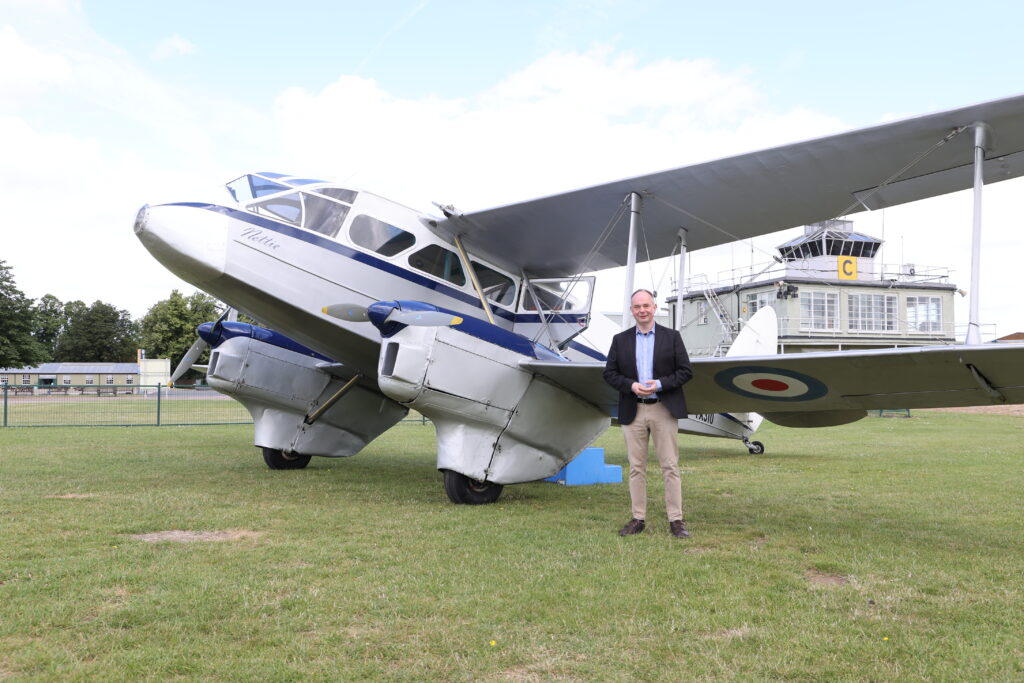







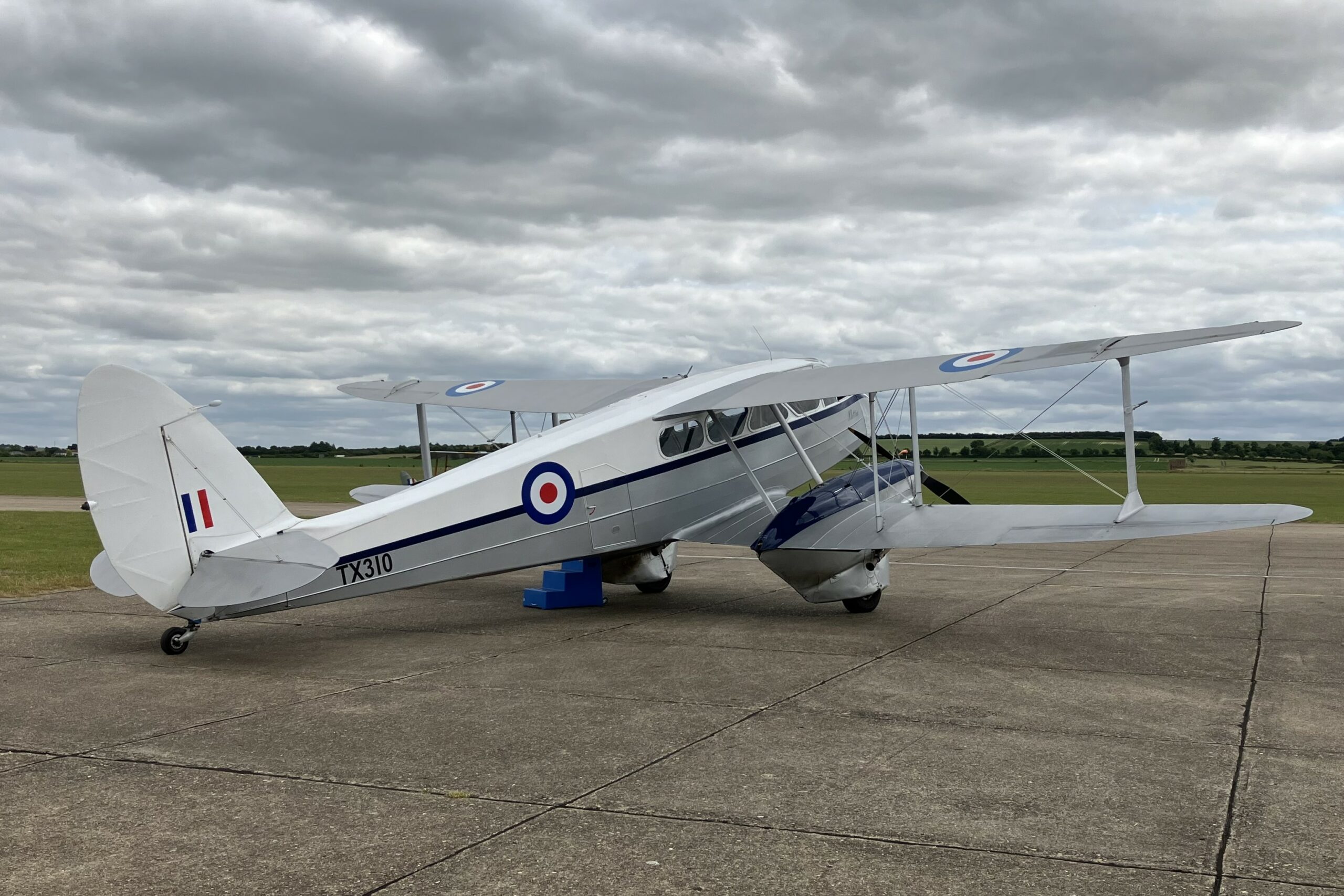

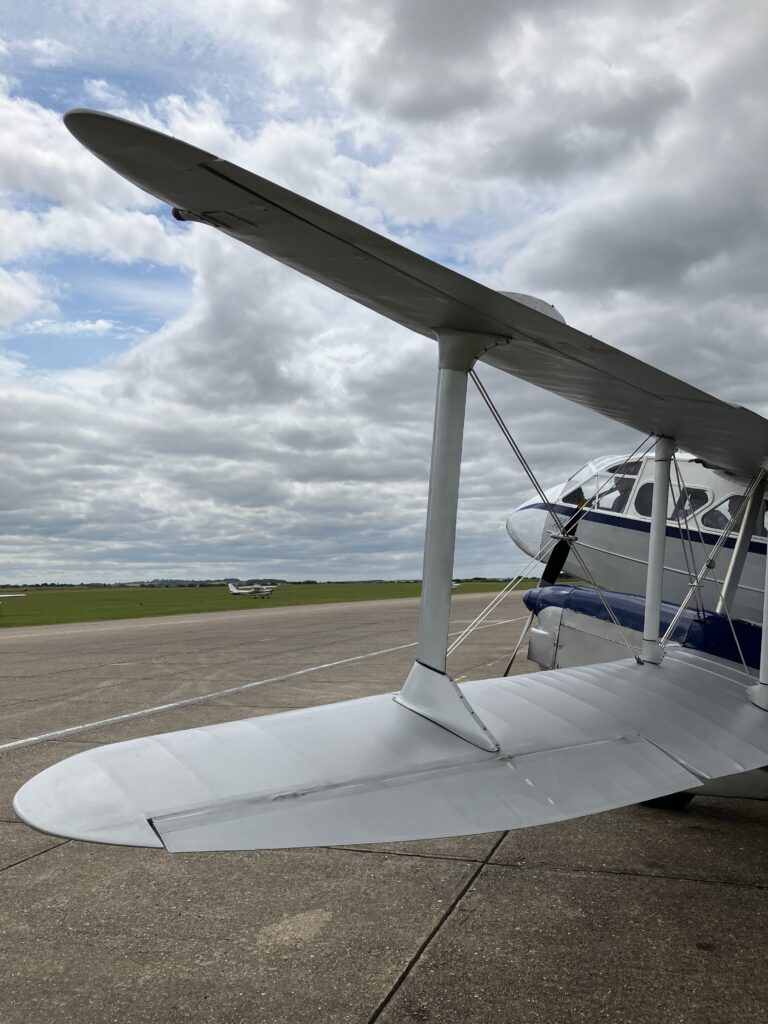
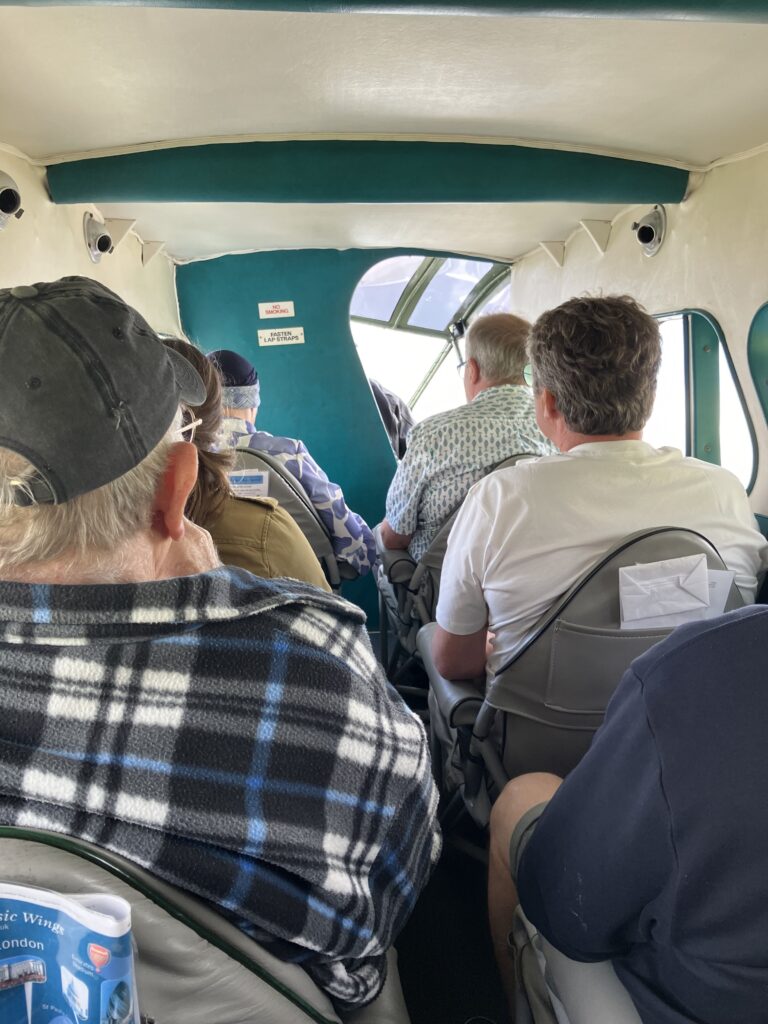
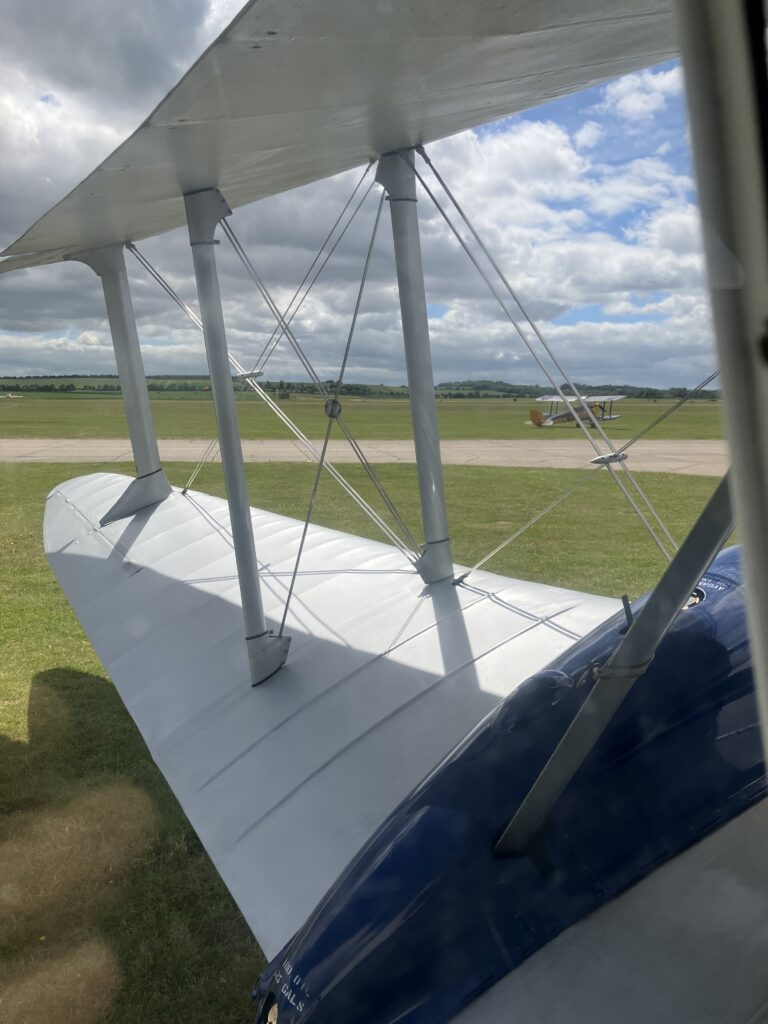
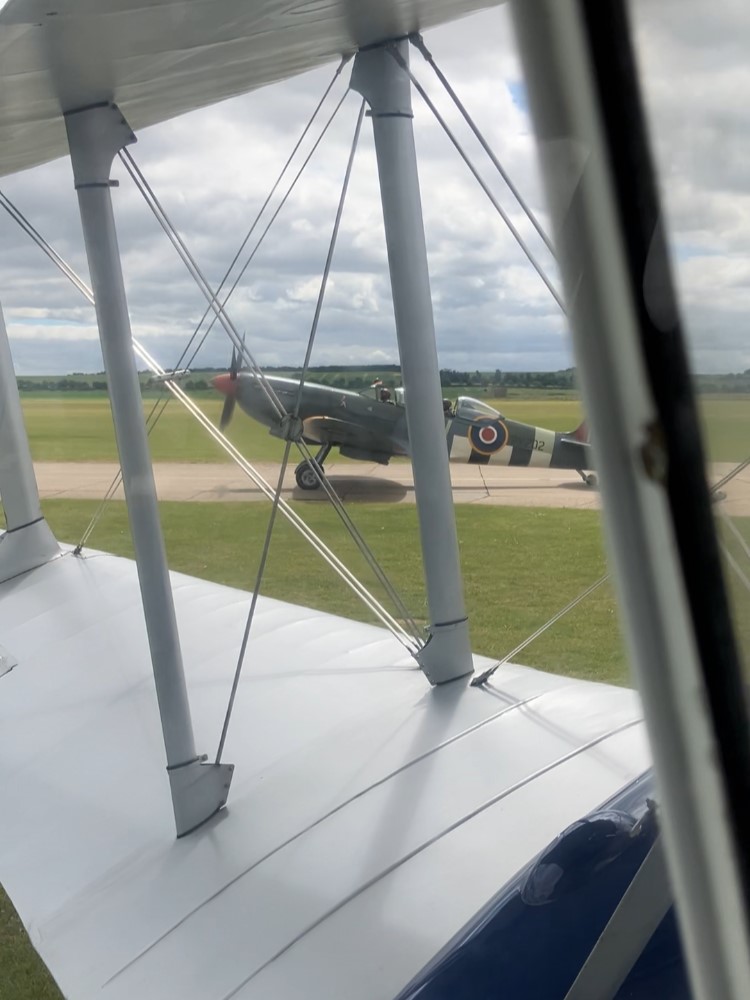
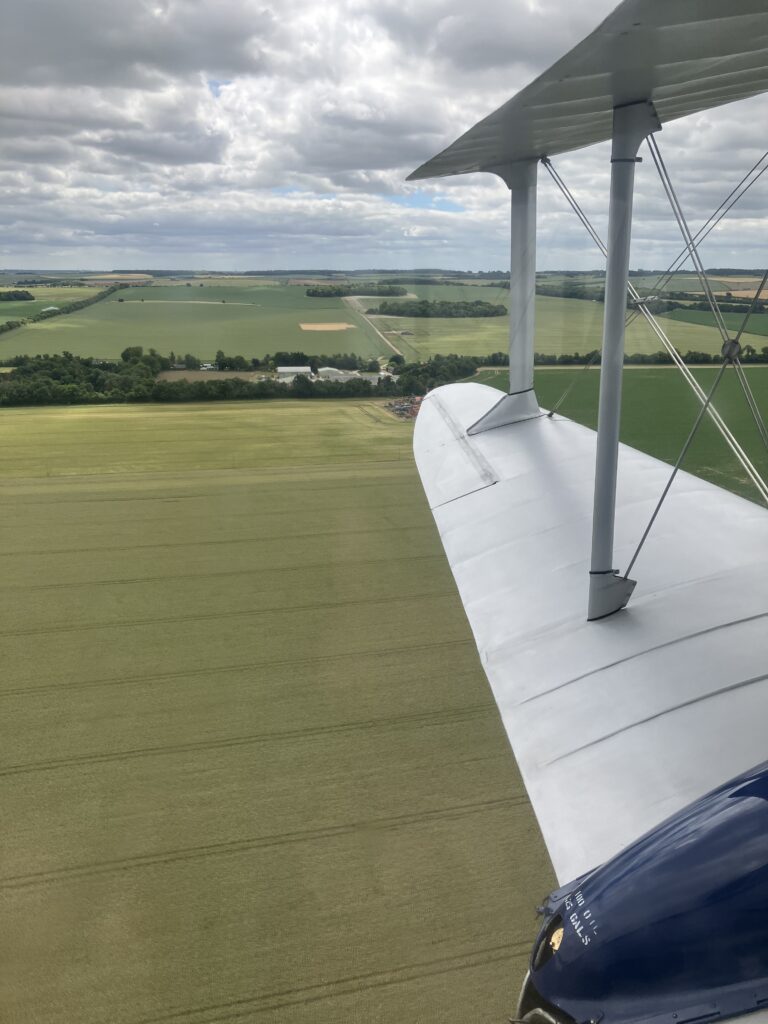
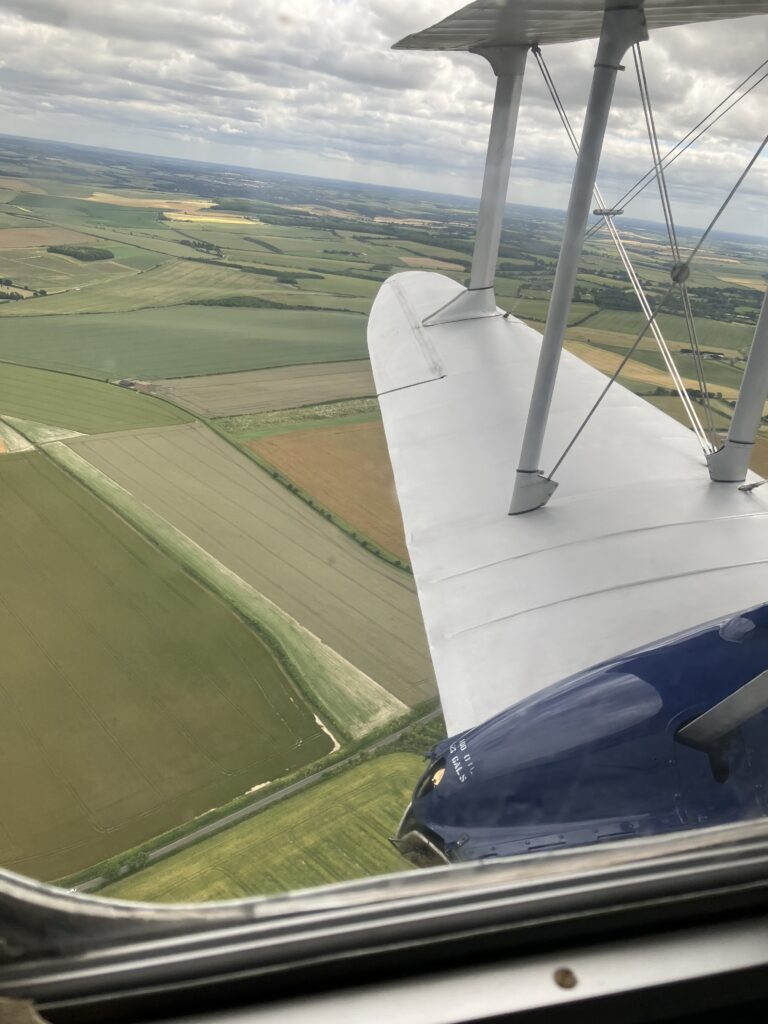
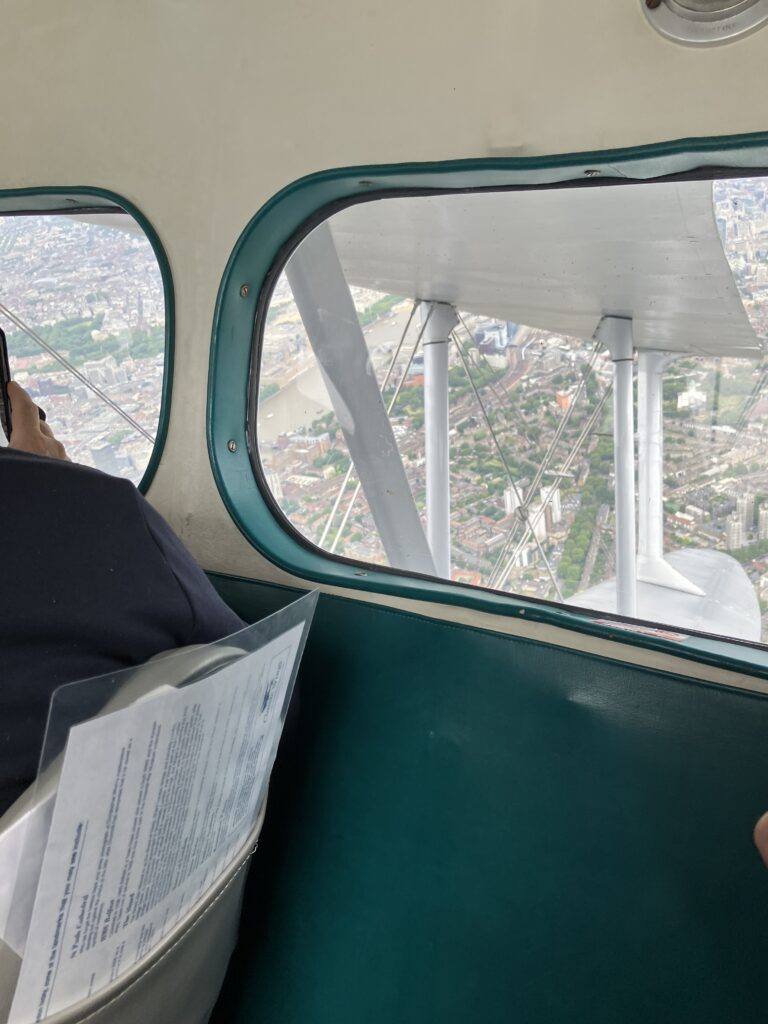
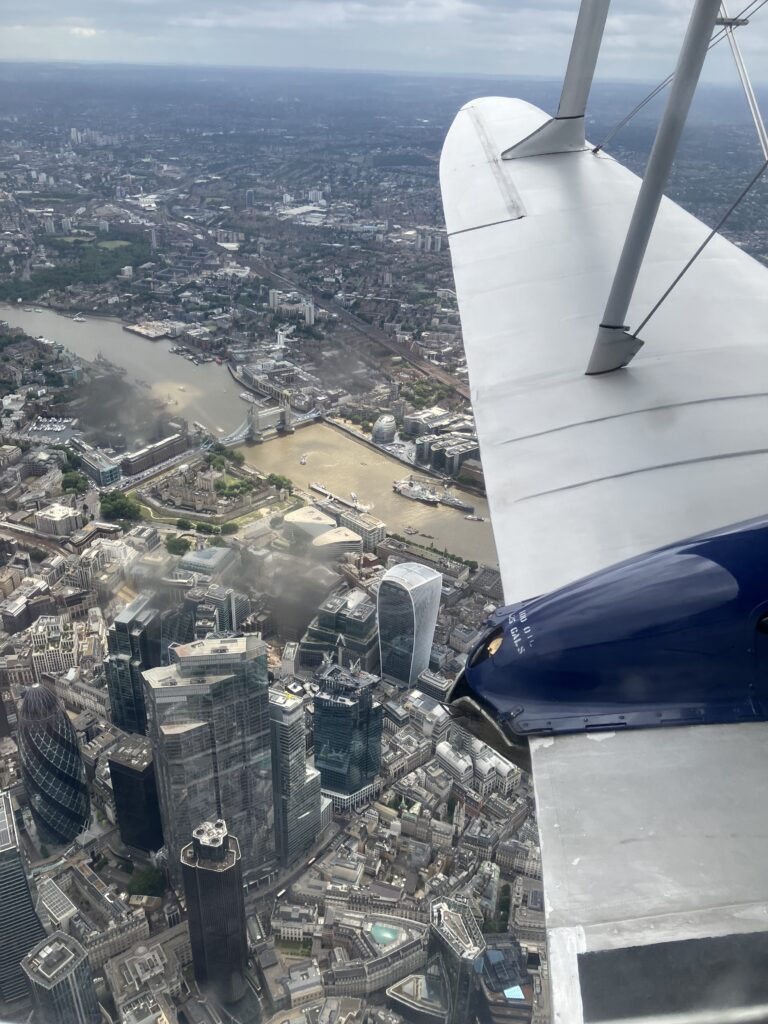
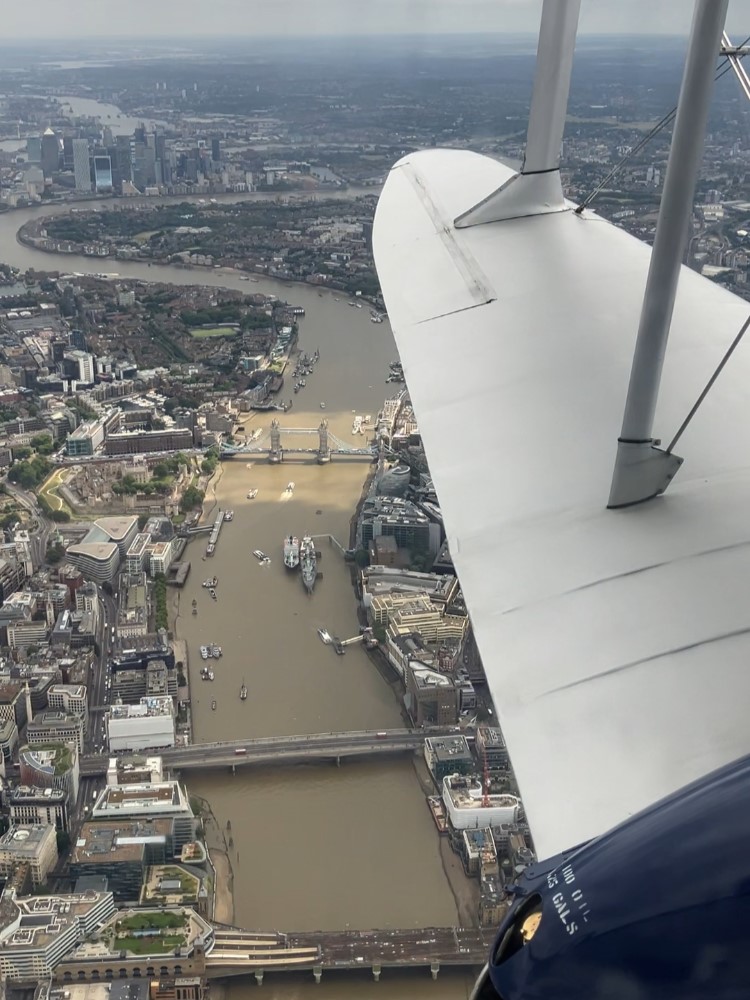
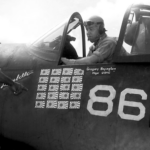
![Additional Taxi Tests For The Hawaii Mars [VIDEO] 24 Martin Mars Heath Moffatt Photo 667 copy](https://vintageaviationnews.com/wp-content/uploads/Martin-Mars_-Heath-Moffatt-Photo-667-copy-150x150.jpg)












